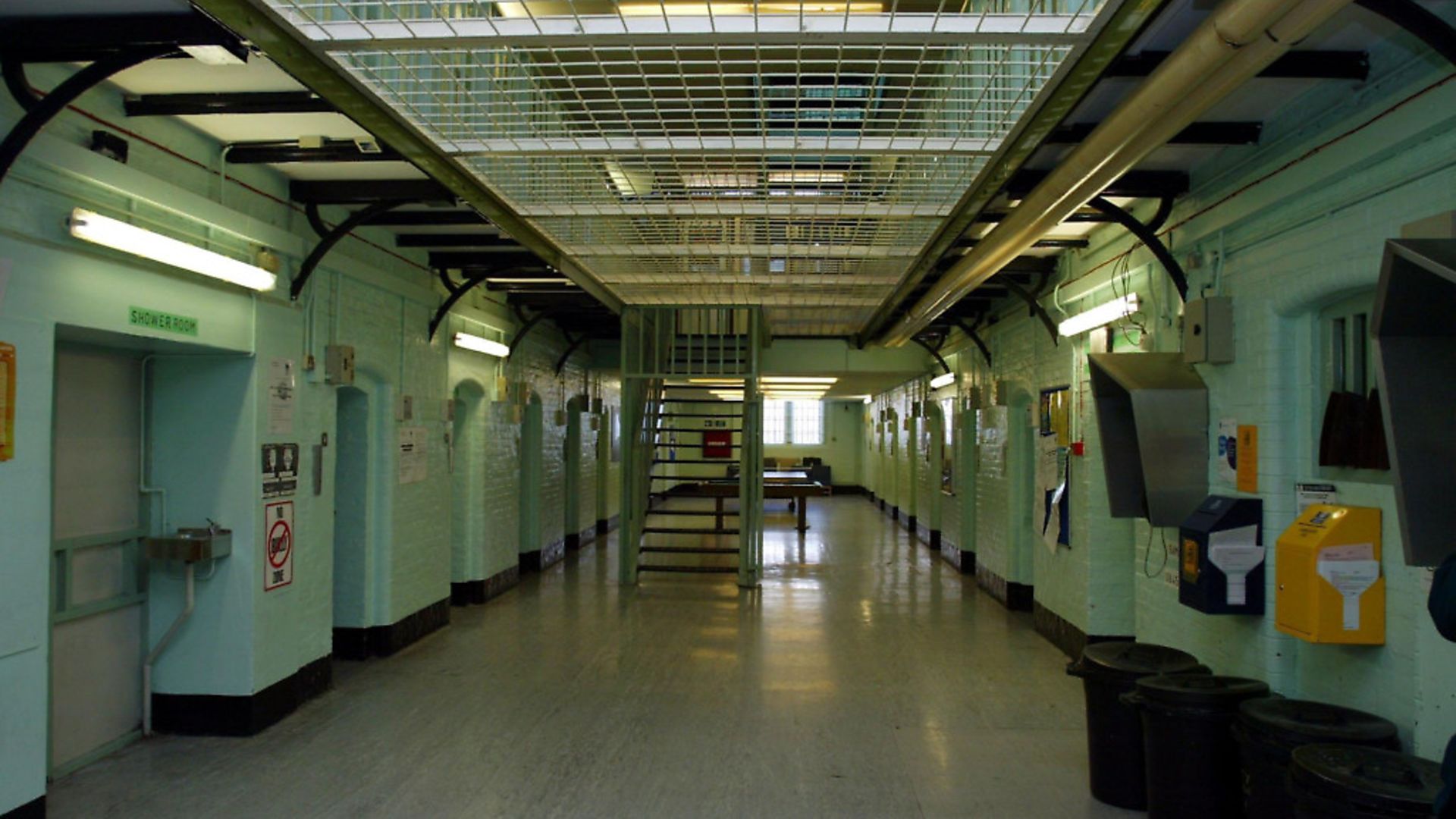
Labour MP David Lammy reviews an important new book which challenges many of the narratives about women in the criminal justice system.
“Our hope is that then the cage bars, both visible and invisible, can finally be broken.” Anna Motz, Anne Aiyegbusi and Maxine Dennis are fearless in their ambition: to emancipate women from a broken criminal justice system. Composed by a psychologist and two psychotherapists, this book is not only a bold and radical mission-statement. It’s a wake-up call for anyone who thinks that science and politics can be cleanly separated.
As somebody who has witnessed the evolution of British criminal justice policy, I know that the power of the prescription lies in the accuracy of the diagnosis. Too often, policy-makers offer the wrong solutions precisely because they mis-identify the problem in the first place, repeatedly blaming moral failure, disciplinary decline, or even “black culture”. Robustly resisting these dominant narratives, Invisible Trauma: Women, Difference and the Criminal Justice System offers a refreshingly different analysis. The problem is not culture, morality or even criminality. The problem is visibility.
Around 11 million people are behind bars across the globe. And over 10 million of them are men. Over 95% of the UK prison population is male. And those women that do end up in prison are hardly ever there for violent crimes. These are facts that are non-negotiable. However, what is negotiable is the way we construct the conversation about female criminality. Opaque statistics have perennially situated women outside of violence and criminal justice, concealing the lived experiences of those inside it.
Motz, Aiyegbusi and Dennis point out that female violence predominantly occurs behind closed doors, inflicted on their partners, their children or their own bodies. It’s important to recognise that it’s only the violence that is detected which enters the public realm. In positing the existence of hidden violence, the authors aren’t insisting that female violence is somehow underestimated, as though women pose an unidentified threat to public safety. Rather, uncovering hidden violence is essential for unearthing the hidden trauma that often underpins it. Around 60% of female offenders have experienced domestic violence. More than 50% have experienced emotional, physical or sexual abuse as a child. When we disassociate women with violence, we turn a blind eye to trauma underneath.
If their trauma is rendered invisible, all that’s left to see is their criminality, which is framed in opposition to their very womankind. This is where the book most impressively combines nuance with accessibility. If we peddle the illusion that “women don’t commit crimes”, then those that break this trend must be met with a brutal reckoning for their failure in femininity.
It’s no coincidence that the harshest sentences are administered for crimes that shatter the most precious expectations of womanhood, namely sexual offences and violence towards members of their own family. Past trauma is ignored. It’s only their unfeminine criminality that matters.
The prison experience is particularly harrowing for black, Asian and ethnic minority women. They face more abuse by staff, feel less safe in custody and are more likely to die as a result of force by the police. It was reassuring to see the authors tackle this issue head on. Arrest rates are twice as high for BAME women compared to white women. They are then more likely to be charged, tried once charged and convicted once tried.
For every 100 white women given a custodial sentence for drug offences, 227 black women are sentenced to custody for the same offence. This is fuelled by the erosion of trust between institutions and BAME communities. BAME defendants are more likely to plead not-guilty, which drastically increases the chance of a higher sentence. Why? Because they are less likely to have confidence in the legal advice recommending they do otherwise.
The book’s discussion of race is paradigmatic of its stunning breadth yet meticulous focus. Expertly examining the intersection of violence, marginalisation and racial disproportionality, Invisible Trauma: Women, Difference and the Criminal Justice System unearths an entire punitive network in desperate need of reform. And it is utterly ruthless in its evaluation: our unforgiving, dispassionate and ineffective institutions cloak and ignore women’s histories of trauma. This, surely, cannot be what we mean when we say that justice is blind.
Invisible Trauma: Women, Difference and the Criminal Justice System is published by Routledge









